1. The Prince by Niccolò Machiavelli
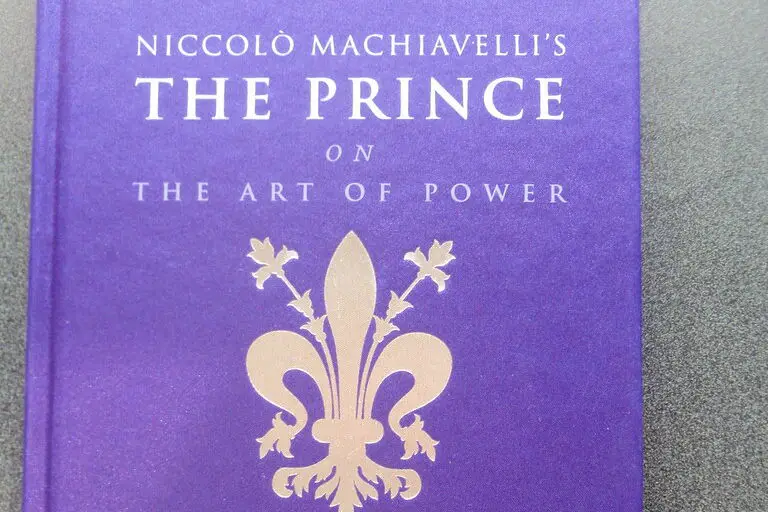
Machiavelli’s The Prince stirred controversy when it was first published in the ’16th century. Its unapologetic advice on political power and leadership clashed with the moral and religious values of the time. The book’s candid discussion about ruling through manipulation and ruthless tactics led many to label it dangerous and subversive. Authorities feared it encouraged tyranny and undermined the divine right of kings, prompting censorship in several countries says CNN.
Despite the backlash, The Prince survived centuries of scrutiny and remains a cornerstone of political philosophy. Its influence is undeniable, shaping leaders and thinkers across generations. While some still criticize its cynicism, others appreciate Machiavelli’s candid take on the complexities of governance. The book’s endurance proves that controversial ideas can spark valuable conversations, even when deemed too dangerous to read adds Smithsonian Magazine.
2. Utopia by Thomas More

Published in 1516, Utopia introduced readers to an idealized society structured around communal ownership and rational governance. More’s portrayal of a perfect society was seen as a direct critique of European social and political systems, unsettling religious and political authorities. The book’s implicit challenge to the status quo made it a target for censorship, especially as it touched on sensitive topics like religion and governance says the Guardian.
More’s work planted seeds for future social and political thought, influencing everything from socialism to modern political activism. Over time, Utopia has been re-evaluated as a visionary piece that questioned societal flaws rather than proposing an actual blueprint says Britannica. It showcases the power of literature to critique and inspire change, even when authorities deem it dangerous.
3. On the Origin of Species by Charles Darwin

Darwin’s groundbreaking work in 1859 introduced the theory of evolution by natural selection, challenging the religious belief in divine creation. The book sparked outrage among religious groups, who viewed it as a threat to Christian teachings and societal morals. Many saw Darwin’s ideas as dangerous because they encouraged people to question the literal interpretation of the Bible and the role of divine providence.
Over time, On the Origin of Species revolutionized biology and our understanding of life itself. While it continues to face opposition in some circles, the book has earned its place as a scientific milestone. Darwin’s courage in presenting his ideas reminds us that progress often requires challenging deeply held beliefs, even at great personal risk.
4. Lolita by Vladimir Nabokov
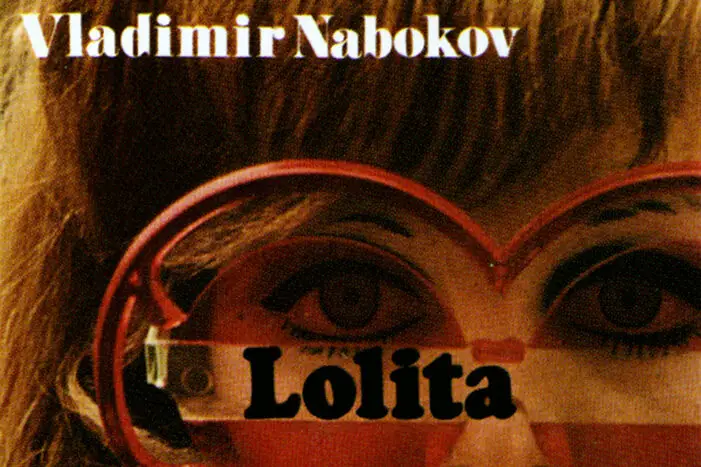
When Lolita was published in 1955, its provocative subject matter—a man’s obsession with a young girl—outraged readers and censors alike. Authorities banned the book in several countries, labeling it obscene and dangerous due to its explicit themes and unsettling narrative. Critics feared it would erode moral values and corrupt readers, making it one of the most controversial novels of its time.
Despite the backlash, Nabokov’s masterful prose and complex storytelling earned Lolita critical acclaim and a lasting place in literary history. The book’s exploration of obsession, morality, and art continues to spark debate and analysis. Its survival against censorship showcases the enduring power of literature to explore uncomfortable, yet important, aspects of human nature.
5. 1984 by George Orwell
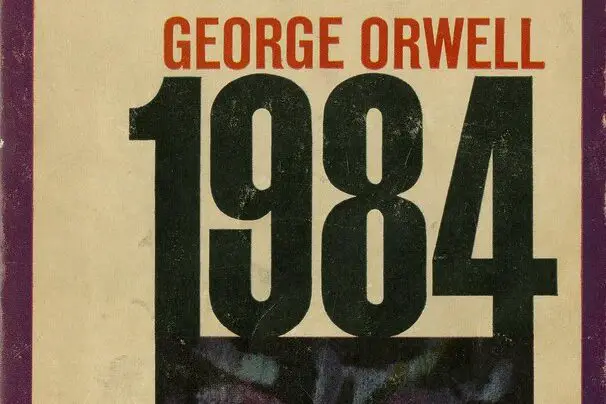
Orwell’s dystopian masterpiece 1984, published in 1949, painted a grim picture of totalitarianism and government surveillance. The book’s stark warning against authoritarian rule made it a target for censorship, especially in countries where governments feared its critique of oppression. Orwell’s depiction of a society stripped of freedom and individuality resonated as a dangerous critique of authoritarian regimes worldwide.
Over the decades, 1984 has become a touchstone for discussions about privacy, freedom, and government overreach. Its chilling concepts, like “Big Brother” and “thoughtcrime,” have entered the cultural lexicon. Orwell’s work underscores the importance of vigilance against oppressive governance, proving that literature can be both a mirror and a warning for society.
6. Brave New World by Aldous Huxley
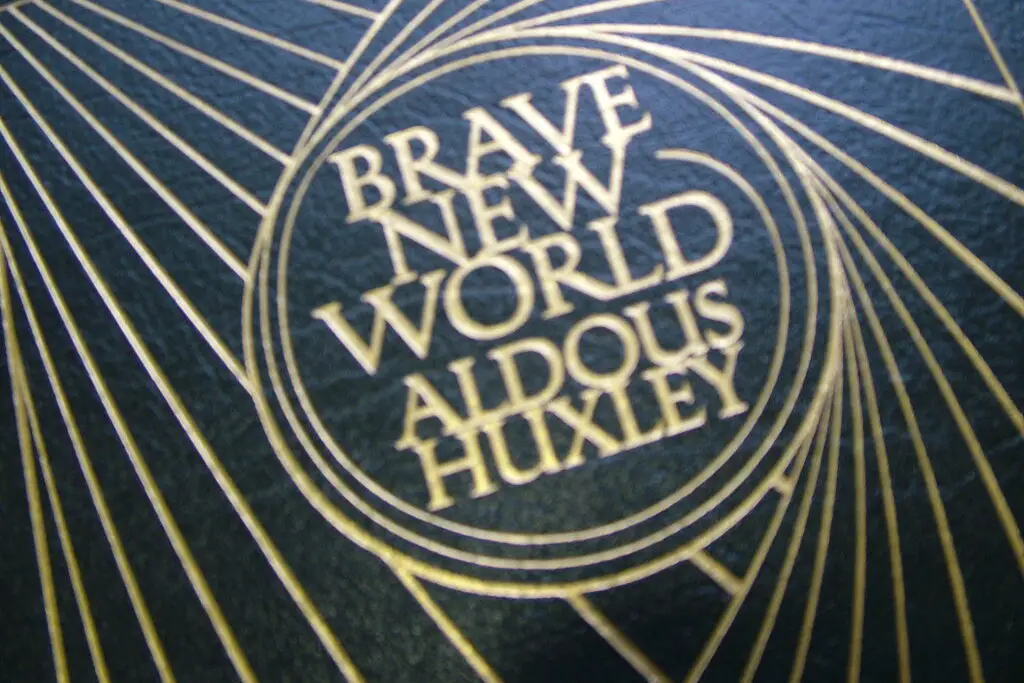
Huxley’s Brave New World presented a futuristic society where technological advancement and social engineering create a superficially perfect world. Published in 1932, the book alarmed readers with its depiction of a dystopian society devoid of individuality, emotions, and free will. Authorities feared the book’s criticism of consumerism, reproductive technology, and social conformity could lead to societal unrest.
The book’s impact on science fiction and social commentary is profound. Huxley’s vision serves as a cautionary tale about the dangers of sacrificing personal freedom for societal stability. As discussions about technology’s role in society continue today, Brave New World remains eerily relevant, reminding us of the risks of unchecked technological control.
7. The Satanic Verses by Salman Rushdie
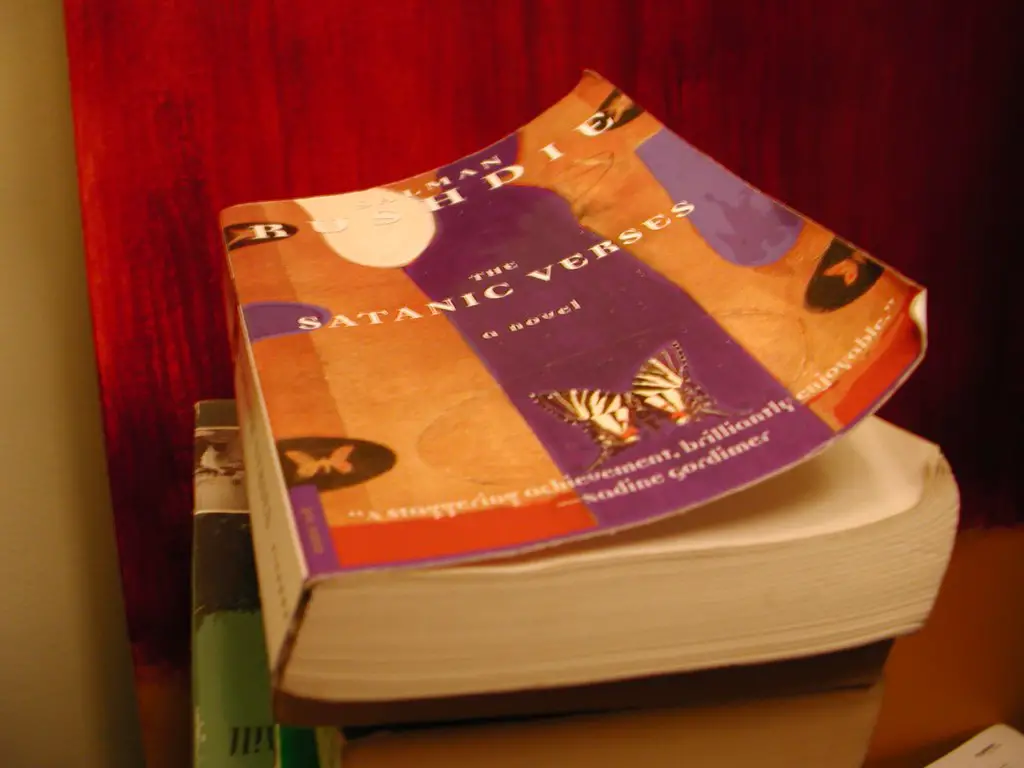
When The Satanic Verses was published in 1988, it sparked outrage among many in the Muslim world. Rushdie’s narrative, which blended magical realism with reinterpretations of Islamic history, was perceived as blasphemous by critics. The book’s controversial take on religious themes led to widespread protests, book burnings, and a fatwa calling for Rushdie’s death, issued by Iran’s Supreme Leader.
The global uproar highlighted the tension between freedom of expression and religious sensitivities. Rushdie went into hiding for years, but The Satanic Verses remains a significant work in contemporary literature. Its controversy illustrates how literature can challenge religious orthodoxy and provoke necessary conversations about faith, censorship, and artistic freedom.
8. Lady Chatterley’s Lover by D.H. Lawrence
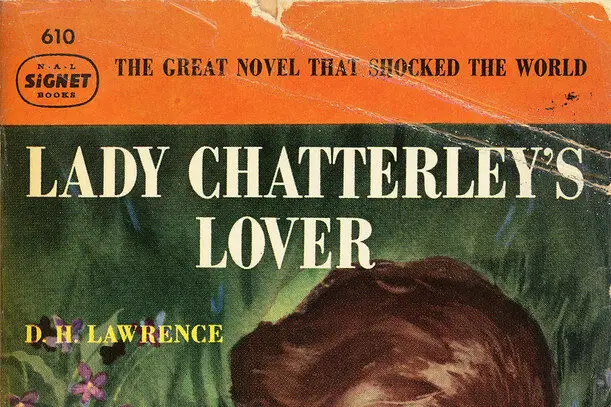
Lawrence’s Lady Chatterley’s Lover, published privately in 1928, explored themes of class, sexuality, and intimacy with unprecedented frankness. The explicit descriptions of sexual encounters and the book’s challenge to social norms made it a target for censorship in the UK and beyond. It wasn’t until 1960 that the book was legally published in the UK after a famous obscenity trial.
The trial itself marked a turning point in literary censorship, with arguments about artistic merit outweighing concerns over obscenity. Lady Chatterley’s Lover helped shift societal attitudes toward open discussions about sexuality and class dynamics. The book’s journey from banned to celebrated highlights literature’s power to challenge and change cultural taboos.
9. The Catcher in the Rye by J.D. Salinger
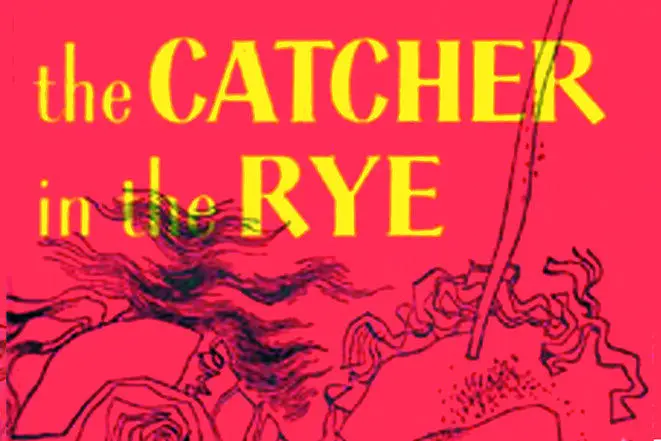
Salinger’s The Catcher in the Rye, released in 1951, captured the angst and alienation of teenage life through its protagonist, Holden Caulfield. The book’s candid portrayal of teenage rebellion, vulgar language, and criticism of societal hypocrisy made it a frequent target for censorship in schools and libraries. Many deemed it dangerous for its perceived negative influence on youth.
Over the years, The Catcher in the Rye has become an iconic coming-of-age novel. Its influence on young adult literature is significant, shaping how teenage experiences are portrayed in fiction. The book’s resilience against censorship speaks to the importance of honest, unfiltered narratives in literature, especially for younger audiences.
10. The Grapes of Wrath by John Steinbeck
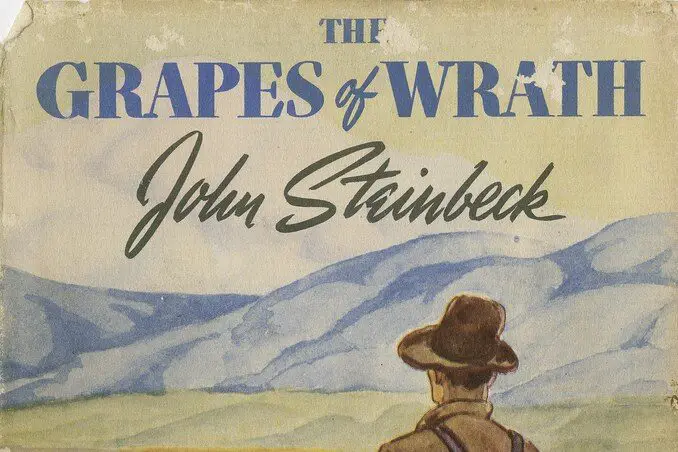
Steinbeck’s The Grapes of Wrath, published in 1939, depicted the hardships of the Great Depression through the Joad family’s struggle to survive. The book’s raw portrayal of poverty, injustice, and corporate greed angered many, especially those in power who felt it painted them unfairly. Some states in the U.S. banned the book, fearing it would incite social unrest among the working class.
Steinbeck’s novel became a cornerstone of social realism in literature, highlighting the human cost of economic disparity. The Grapes of Wrath not only won the Pulitzer Prize but also spurred discussions about workers’ rights and social justice. Its lasting impact showcases literature’s ability to foster empathy and ignite social change.
11. Fear and Loathing in Las Vegas by Hunter S. Thompson
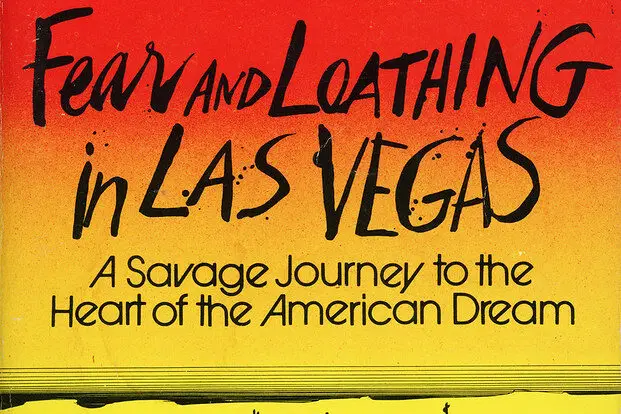
Thompson’s 1971 work Fear and Loathing in Las Vegas dives into the counterculture of the ’60s through a chaotic blend of drug use, gonzo journalism, and dark humor. The book’s unapologetic portrayal of substance abuse and its critique of the American Dream led to its ban in several locations. Critics feared it glamorized drug use and undermined societal values.
Thompson’s unique style and raw narrative voice have cemented the book as a cult classic. Fear and Loathing offers a scathing critique of American culture, using chaos to underscore societal disillusionment. Its bold approach to storytelling continues to influence writers and journalists today.
12. The Anarchist Cookbook by William Powell
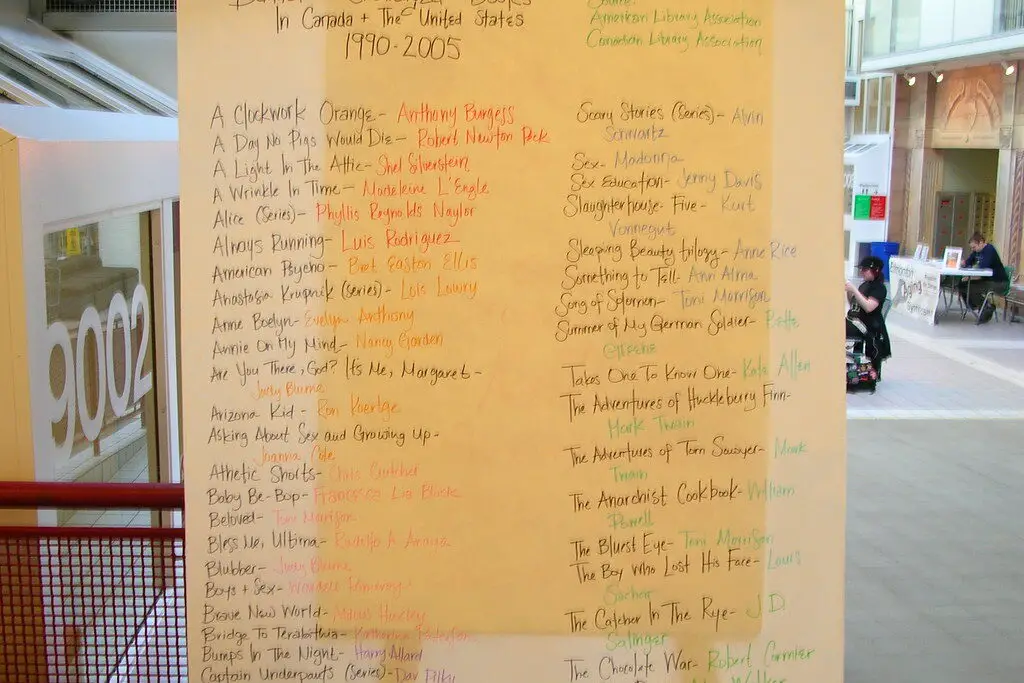
Published in 1971, The Anarchist Cookbook contained instructions for creating explosives, drugs, and other illicit activities. Powell wrote it during a time of political unrest, intending to protest the Vietnam War. However, the book was quickly condemned for its content, accused of promoting violence and endangering public safety.
The controversy surrounding the book led to bans and legal restrictions in many countries. Powell later expressed regret over the book’s misuse, highlighting the unintended consequences of radical literature. The Cookbook remains a stark example of how literature can ignite debate about ethics, responsibility, and freedom of information.
